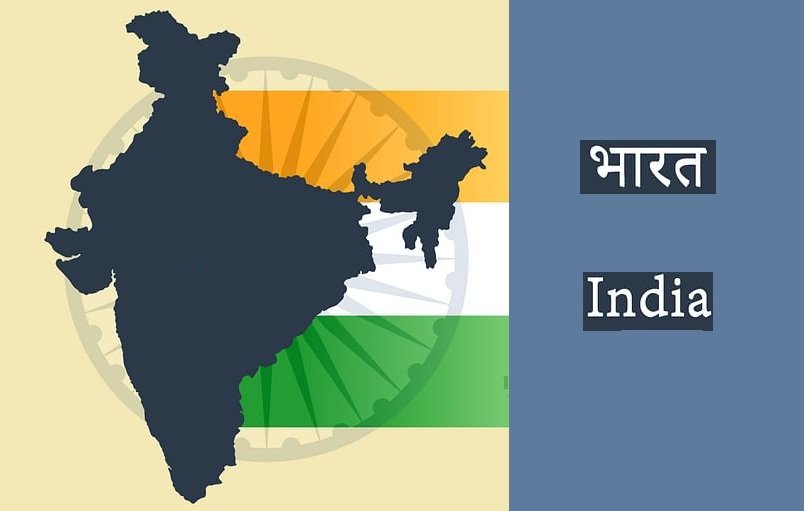Bharat and India: Understanding the Dual Identity
India and Bharat: Understanding the Dual Identity
India, known as Bharat in its ancient and modern contexts, is a nation with a rich cultural and historical heritage. Both names, “India” and “Bharat,” hold equal significance and are recognized officially in the Constitution of India. This dual nomenclature is not merely linguistic but deeply rooted in history, culture, and identity. In this article, we will explore the origins, significance, and contemporary use of these names, as well as their implications in legal, cultural, and political contexts.
1. Constitutional Basis
The foundation for using both “India” and “Bharat” interchangeably lies in the Indian Constitution. Article 1 of the Constitution states:
“India, that is Bharat, shall be a Union of States.”
This establishes that both names are equally valid and represent the same nation. The framers of the Constitution deliberately included both names to reflect the country’s historical roots and its modern identity.
2. Historical Origins of Bharat
The name “Bharat” has its origins in ancient Indian texts and mythology:
- Mythological References:
- The term “Bharatvarsha” is mentioned in ancient scriptures like the Mahabharata and the Puranas, referring to the land ruled by King Bharat, a legendary monarch in Indian mythology.
- Bharat, the son of King Dushyanta and Queen Shakuntala, is often credited with uniting the land under his rule, symbolizing unity and strength.
- Cultural Significance:
- Bharat signifies the country’s ancient cultural heritage, spirituality, and philosophical traditions.
- It is deeply associated with Indian languages and literature, especially in Sanskrit, where “Bharat” denotes the land of people who seek knowledge and enlightenment.
3. The Name “India” and Its Colonial Roots
The name “India” has a different origin and context:
- Derivation from the Indus River:
- The term “India” is derived from the Indus River (Sindhu in Sanskrit), around which one of the world’s earliest civilizations, the Indus Valley Civilization, flourished.
- Ancient Greek and Persian travelers referred to the region beyond the Indus as “Indos” or “Hindos,” which later evolved into “India.”
- Colonial Usage:
- The British popularized the term “India” during colonial rule, and it became the name used in global contexts.
- “India” represents the modern political entity recognized internationally post-independence.
4. Contexts of Usage
The choice between “India” and “Bharat” often depends on the context, language, and audience:
- Formal and Legal Usage:
- “India” is commonly used in official documents, international treaties, and communications in English.
- “Bharat” is used in Hindi versions of legal documents and speeches delivered in Indian languages.
- Cultural and Nationalistic Contexts:
- “Bharat” is frequently used in patriotic songs, slogans, and cultural events to evoke national pride and a connection to India’s ancient heritage.
- For example, slogans like “Jai Bharat” or “Bharat Mata Ki Jai” resonate deeply with the Indian populace.
- Day-to-Day Usage:
- In informal contexts, Indians often switch between “India” and “Bharat” based on the language they are speaking.
- In rural areas and among Hindi-speaking populations, “Bharat” is more prevalent, while “India” is dominant in urban and international settings.
Table 1: Contexts of Usage
| Context | Name Used | Example |
|---|---|---|
| Legal and Official Documents | Both “India” and “Bharat” | Constitution of India |
| International Relations | India | United Nations, trade agreements |
| Cultural Events | Bharat | Independence Day speeches |
| Common Speech (Urban) | India | Conversations in English |
| Common Speech (Rural) | Bharat | Conversations in Hindi and regional languages |
5. Debates Around the Names
The dual names have sparked debates in political and cultural arenas:
- National Identity:
- Advocates of “Bharat” argue that it reflects India’s indigenous heritage and should be emphasized over “India,” which has colonial connotations.
- Others believe that “India” represents the country’s modern and global identity.
- Legal and Administrative Challenges:
- Transitioning to using only “Bharat” in all official contexts would require amendments to various laws and international treaties.
- Symbolism in Politics:
- Political parties often invoke “Bharat” in campaigns to connect with traditional and rural voters, while “India” is used in international diplomacy.
6. Significance in Contemporary India
Both “India” and “Bharat” hold immense significance in shaping the nation’s identity:
- Unity in Diversity:
- The dual nomenclature reflects India’s ethos of unity in diversity, accommodating both ancient traditions and modern aspirations.
- Global and Local Balance:
- While “India” positions the country as a global power, “Bharat” anchors it to its cultural roots.
7. Conclusion
“India” and “Bharat” are more than just names; they encapsulate the essence of a nation that is both ancient and modern, local and global. The coexistence of these names in the Constitution underscores the country’s inclusive and pluralistic identity. Embracing both names allows Indians to honor their heritage while engaging with the world confidently. As the nation progresses, the harmonious use of “India” and “Bharat” will continue to symbolize its rich legacy and dynamic future.
Table 2: Key Takeaways
| Aspect | “India” | “Bharat” |
|---|---|---|
| Origin | Derived from Indus | Rooted in ancient Indian texts |
| Usage | International | Cultural and nationalistic |
| Significance | Modern identity | Traditional heritage |
| Official Recognition | Yes | Yes |
The dual identity of the nation as “India” and “Bharat” is a testament to its rich history and evolving narrative, making it a unique example of cultural and linguistic inclusivity.







